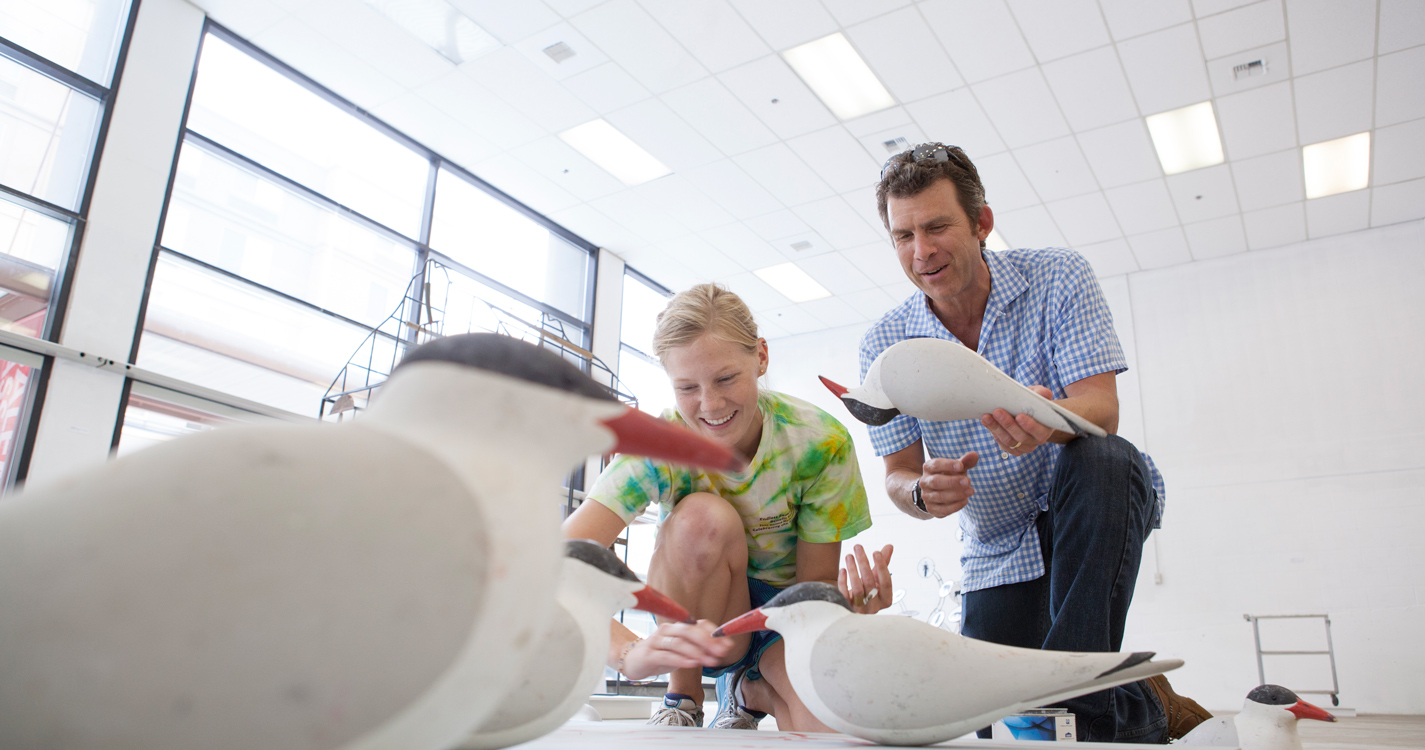
 In city life, you may not see many wild animals. A cougar sighting is commonly a subject of a local news story — and much conversation.
In city life, you may not see many wild animals. A cougar sighting is commonly a subject of a local news story — and much conversation.
But birds? They’re everywhere. Maybe they’ve nested on your property or they’re eating feed your neighbors throw out. Maybe they wake you up earlier than you’d like, chirping near your window.
How often have you wondered why a bird is in your neighborhood, versus another part of the world? How often have you wondered what the bird’s story is?
David Craig, a professor of biology at Willamette University, has built a career around asking and answering these questions.
Craig has been interested in the world around him and the creatures that live in it since he was a child. He says most children are, and many grow out of it. Craig never did.
Craig says answering the questions of why birds settle where they do and where and when they migrate can answer a lot of questions about ourselves and our world.
“I think understanding our place in the natural world is always important,” Craig said. “There’s a long history of birds being able to tell us really quickly about the environment before people have to make decisions that are going to affect people.”
Ospreys and eagles were the ones who told us DDT, a pesticide, was harmful, Craig said, when their eggs stopped hatching and their population declined. We later learned that DDT was causing cancer in people, he said.
In recent years, hobbyists have been contributing to scientific knowledge by taking photos of birds with tags that scientists elsewhere have put on them and helping them track them through the Internet.
The new technology and new twist on birding is attracting a younger generation of birders, Craig said.
Want to learn more about how you could get involved? You can see his talk at TEDxSalem on Oct. 3 at the Salem Convention Center. Get your tickets at tedxsalem2015.eventbrite.com.